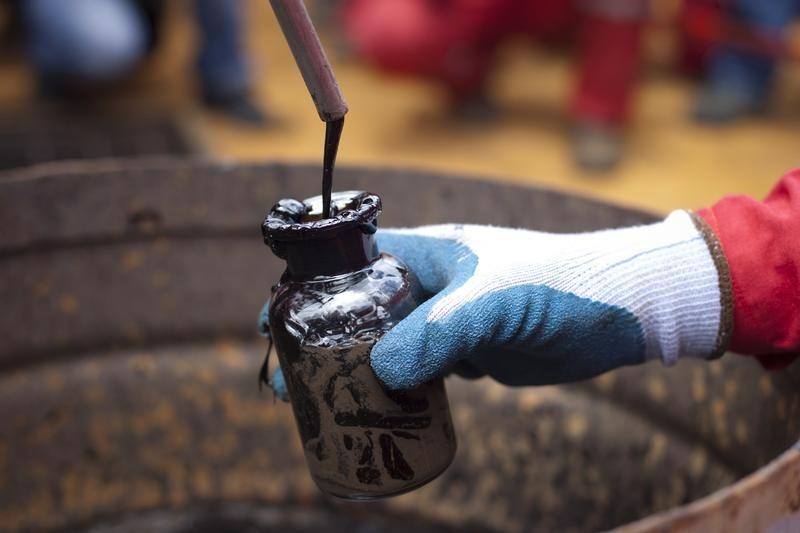By Barani Krishnan
Investing.com -- If it’s not actual supply, then it’s implied supply.
Crude prices jumped another 2% Tuesday to rebound vigorously from the double-digit losses of the past fortnight as Saudi Arabia and the United Arab Emirates — the two countries seen with any real space capacity among oil producers outside of the United States — indicated that they were at near max output.
Adding to the bull case for oil was the easing of China's zero-Covid policy, which has been the Achilles heel for crude prices since most countries relaxed or abandoned altogether social and business restrictions related to the pandemic.
What’s more, compliance to output targets by countries within the OPEC+ alliance of oil producers stood at 256% as of May — translating to around 2.7 million barrels per day below the group’s prescribed levels.
“Even sanctions being lifted on Iran and Venezuela can't do much against that backdrop,” Craig Erlam, analyst at online trading platform OANDA, said, referring to the few remaining options left for the Biden administration to try and boost world output of oil.
“It may well take a recession to return oil prices to sustainable levels any time soon,” Erlam added.
The U.S. economy declined by 1.4% in the first quarter and will technically slip into a recession if it does not return to the positive at the end of the current second quarter.
In Tuesday’s trading, New York-traded West Texas Intermediate, the benchmark for U.S. crude, settled up $2.19, or 2%, at $111.76 per barrel.
London-traded Brent crude, the global benchmark for oil, settled up $2.89, or 2.5%, at $117.98.
WTI has rebounded about 7% while Brent has gained about 3% since their last negative close on Thursday. Prior to that, the two benchmarks lost as much as 14% in a near two-week long selloff that proved to be crude’s worst in two months.
The rumblings of undersupply in oil versus the whispers of recession fears — that triggered the selloff of the past two weeks — have led to volatile moves in WTI and Brent of late.
Since Friday though, the move has been decidedly positive, on expectations that this week's G7 summit will put additional sanctions on Russian oil. The bull sentiment accelerated on Monday after French President Emmanuel Macron went on record with details of his telephone call with his UAE counterpart Mohammed bin Zayed Al Nahyan, who apparently told him the Emiratis could not do much more with production than what it was already managing.
MBZ, as the UAE leader is known, “told me two things,” Macron said, in comments carried by Bloomberg.
“One, I am at maximum” oil output levels, amounting to the UAE’s “complete commitment” in this area, Macron said.
“Second, he told me the Saudis can increase a little bit,” about 150,000 barrels a day or “a little more,” he added. “They don’t have huge capacities” that can be activated in less than six months, he said.
UAE Energy Minister Suhail Al Mazroui Al Mazrouei wrote on Twitter (NYSE:TWTR) that the Emirates were “producing near to our maximum production capacity” based on its current OPEC+ baseline” of 3.168 million barrels a day. The baseline — stipulated in a deal between the OPEC cartel and its allies — remains in effect until the end of the year, he said.
